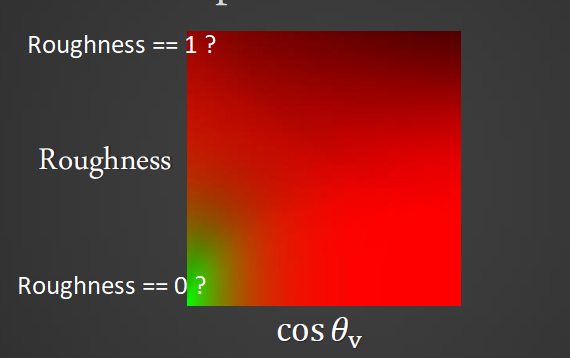Hi,
I've implemented specular IBL following this article https://learnopengl.com/PBR/IBL/Specular-IBL
But right now when I compare my results with what I see in Substance Painter, I feel like I did something wrong.
When I invert flip the y lookup direction I have much more consistent results.
vec2 envBRDF = texture2D(BRDFIntegrationMap, vec2(NdotV, 1.0-roughness)).xy;// reverted the Y lookupI've double checked all the maths, various shadertoy implementations, and everything seems to show my LUT is flipped upside down, which makes sense in OpenGl. This post is also talking aobut this kind of issue https://github.com/KhronosGroup/glTF-Sample-Viewer/issues/89
However I'm still not 100% convinced I'm not doing something wrong elsewhere, so let me ask this simple question:
I assume the LUT is expected to be sampled like that:

Am I correct ?






